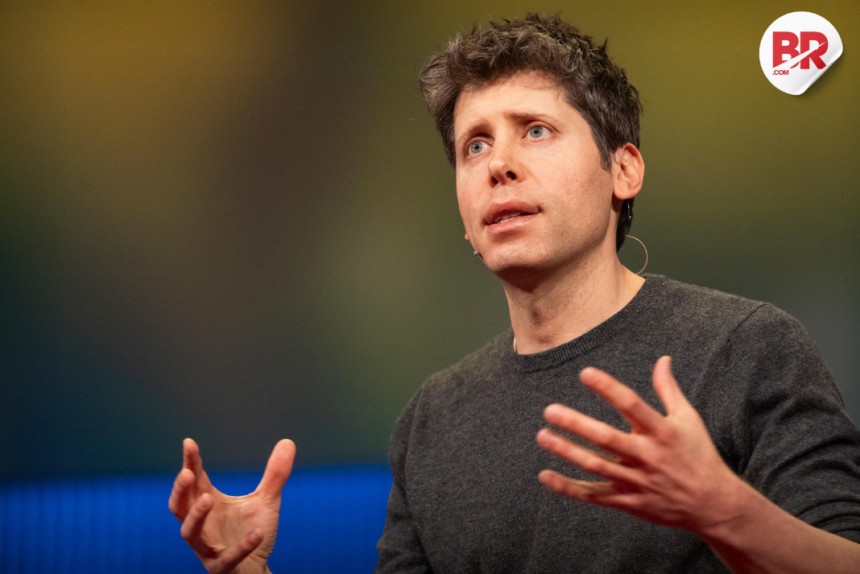
OpenAI has officially partnered with Oracle to secure 4.5 gigawatts of data centre power capacity. That’s enough energy to power over 3 million homes. Why? Because training the next generation of AI models isn’t cheap—or small. This deal is a key part of Stargate, a $500 billion mega-project aimed at building massive AI infrastructure across the United States.
What’s Stargate?
Stargate is not science fiction—it’s Silicon Valley’s moonshot. Backed by OpenAI, Oracle, SoftBank, and others, the goal is to create the world’s largest AI superstructure. It could be the engine that powers AGI (Artificial General Intelligence)—a machine that thinks like a human (or better).

Oracle has already started building data centres in Texas, and now it’s expanding into Michigan, Wisconsin, Wyoming, and beyond. OpenAI is scouting new spots in New Mexico, Georgia, Ohio, and Pennsylvania.
And here’s the kicker: 4.5GW is nearly 25% of the entire current US data centre capacity. This is not just big. It’s historic.
Oracle’s Big Move
Oracle isn’t playing second fiddle anymore. Once seen as a latecomer to the cloud game (behind Amazon and Microsoft), it’s now gunning for the top spot. Larry Ellison, the outspoken Oracle CTO, said it loud:
“We will build and operate more cloud infrastructure data centres than all of our cloud infrastructure competitors.”
In 2025 alone, Oracle made $10.3 billion from its data centre business—and it’s just getting started. The company plans to spend $25 billion in capex next year and has committed $7 billion to Stargate.
They’re not just chasing profits. They’re chasing power. Literally.
While the US powers up for AGI, India should be watching closely. With its massive talent pool and growing digital economy, this could be our moment to leap. But if we don’t invest in large-scale AI infrastructure now, we might be left out of the next big tech revolution.
This isn’t just about building data centres. It’s about building dominance in the AI age.
Also Read Lovable Set to Raise $150M as Swedish AI Startup Hits $2B in 2 Years












